Taiwan Introduces the Accelerated Design Patent Examination Pilot Program
The Taiwan Intellectual Property Office (TIPO) has introduced their Accelerated Design Patent Examination Pilot Program to provide a more flexible examination process for design patent applications. Following are some of the conditions for applicants to be aware of:
- Applicants shall provide documents to show that a third party has used the design commercially backed up by a timeline and third party details. The applicant should submit evidence such as product catalogs, newspapers or magazines.
- Applicants who have won known domestic or international design awards shall provide relevant documents including a certificate bearing the applicant’s name and appearance of the subject design. Design awards such as the Golden Pin Design Award (Taiwan), iF Design Award (Germany), Red Dot Design Award (Germany), Good Design Award (Japan), and the International Design Excellence Award (USA) all qualify.
- Design patent applications from startup companies that are registered and established for less than 8 years can qualify. If the applicant is a non-Taiwanese company, proof of establishment date (and Chinese language translation) shall be required. Also, a startup company can only apply for Accelerated Design Patent Examination for a maximum of 3 cases in the same year.
- The program is applicable once the TIPO has notified the applicant that an application is about to enter substantive examination or re-examination.
- TIPO expects to render examination results within 2 months at the latest after the application form and necessary documents are submitted in full. The trial period of the program runs until December 31, 2024. The TIPO will determine whether to continue implementation or modify the program after the trial period.
Taiwan to Boost International Cooperation on Chip Development
Taiwan will set up overseas training bases under a 10-year semiconductor innovation program initiated by the National Science and Technology Council (NSTC) as part of its efforts to enhance exchanges with other countries in the tech field. The aim of the program is to make Taiwan a major global Integrated Circuit design hub and become a manufacturer of chips used in emerging technologies such as generative AI applications. The Taiwan Semiconductor Research Institute (TSRI) run by the NSTC’s National Applied Research Laboratories has already comprehensive IC development experience in training, IC design and manufacturing and will back the overseas training bases. With IC design development costs being less than IC manufacturing, smaller-sized economies will have an opportunity to work with Taiwan in the IC design field. The result will hopefully bear fruit in the form of closer tech cooperation and business links with start-ups and investment institutions from various countries coming to Taiwan for semiconductor cooperation. Over the long term, the program estimates that Taiwan could potentially reach an IC design global market share of around 40% by 2033, and 80% global market share for advanced semiconductors of 7 nanometers or below boosting the patent numbers accordingly.
China Ranks First for Science and Technology Clusters
The Global Innovation Index (GII), an annual innovation report published by the World Intellectual Property Organization (WIPO), reveals that all five top science and technology clusters are in Asia with three in China. When the rankings extend to the top 100, China has the most clusters. Assistant Director General of WIPO Marco Aleman said that creating world-class clusters were amongst the most daunting aspect of building emerging innovation ecosystems and related innovation policies. In addition, he praised China for its strong innovation ecosystem. WIPO bases its ranking system on its analysis of patent-filing activity and scientific article publication amongst other factors. The science and technology clusters are one element in the larger GII, which exhibits innovation performance of economies and takes the pulse of the most recent trends in global innovation. Tokyo-Yokohama leads as the largest global S & T cluster, followed by Shenzhen-Hong Kong-Guangzhou. Seoul is in third place, Beijing in fourth and Shanghai-Suzhou in fifth. The rise in rankings has been due to a combination of sources such as government departments, enterprises, universities and research facilities working together to create a well-oiled system aimed at producing an efficient innovation eco-system.
China Partners with Belt and Road Countries to Increase Patents
In 2021, a total of 3,982 innovation entities from Belt and Road Initiative (BRI) countries applied for patents in China, 654 more than in 2013, when the initiative was launched by the government, according to a report issued by the China National Intellectual Property (CNIPA) in October. The report drew the conclusion that due to the deepening and expansion of the initiative, BRI countries have become more positive about China’s IP protection environment. It was stated that patent applications were submitted in China from 115 BRI countries in the past 10 years. Most came from South Korea, followed by Italy, Singapore, Austria and Luxembourg. To date, the accumulative amount of applications from BRI countries in China reached 253,000 and the majority were invention and design patents, covering technologies such as semiconductors, computer technology and digital communications. As China saw more patent applications originating from BRI countries, its market entities have also gone global to expand their businesses amid strengthened IP cooperation. The report also showed that the number of patents applied for and published by Chinese enterprises in other BRI nations increased to 15,000 in 2022 from 2,000 in 2013, representing an annual growth rate of 25.8%. Of the Chinese applicants, most were from Guangdong province, followed by the Yangtze River Delta region and the Beijing-Tianjin-Hebei region. As China has become an important contributor to global innovation in green and low-carbon technologies in recent years, its patent applications in this regard in BRI countries have also seen a rise according to the report. From 2013 to 2022, more than 3,500 invention patent applications related to low-carbon technologies were made by Chinese entities in BRI countries, an annual increase of 16.7%.



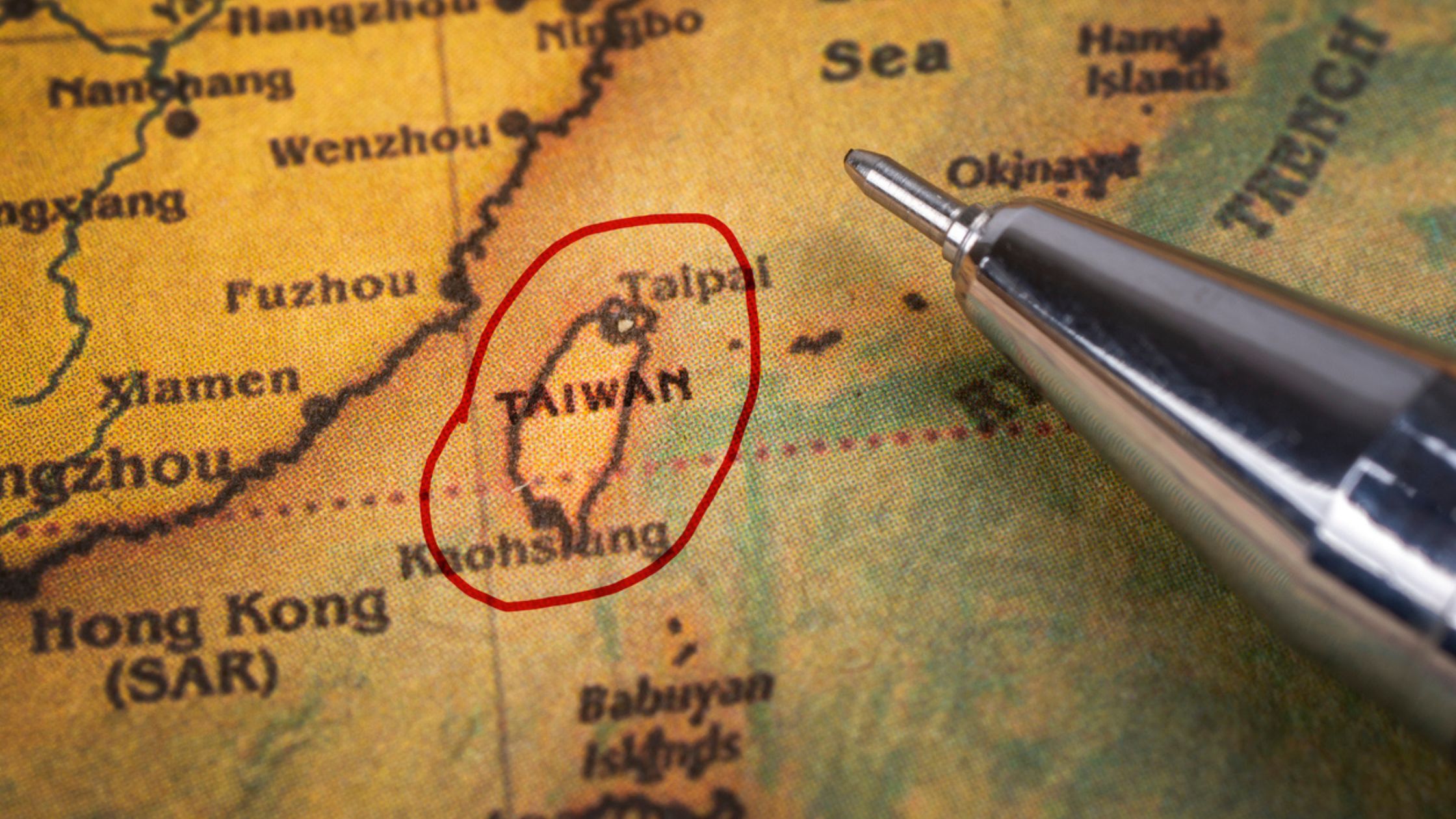
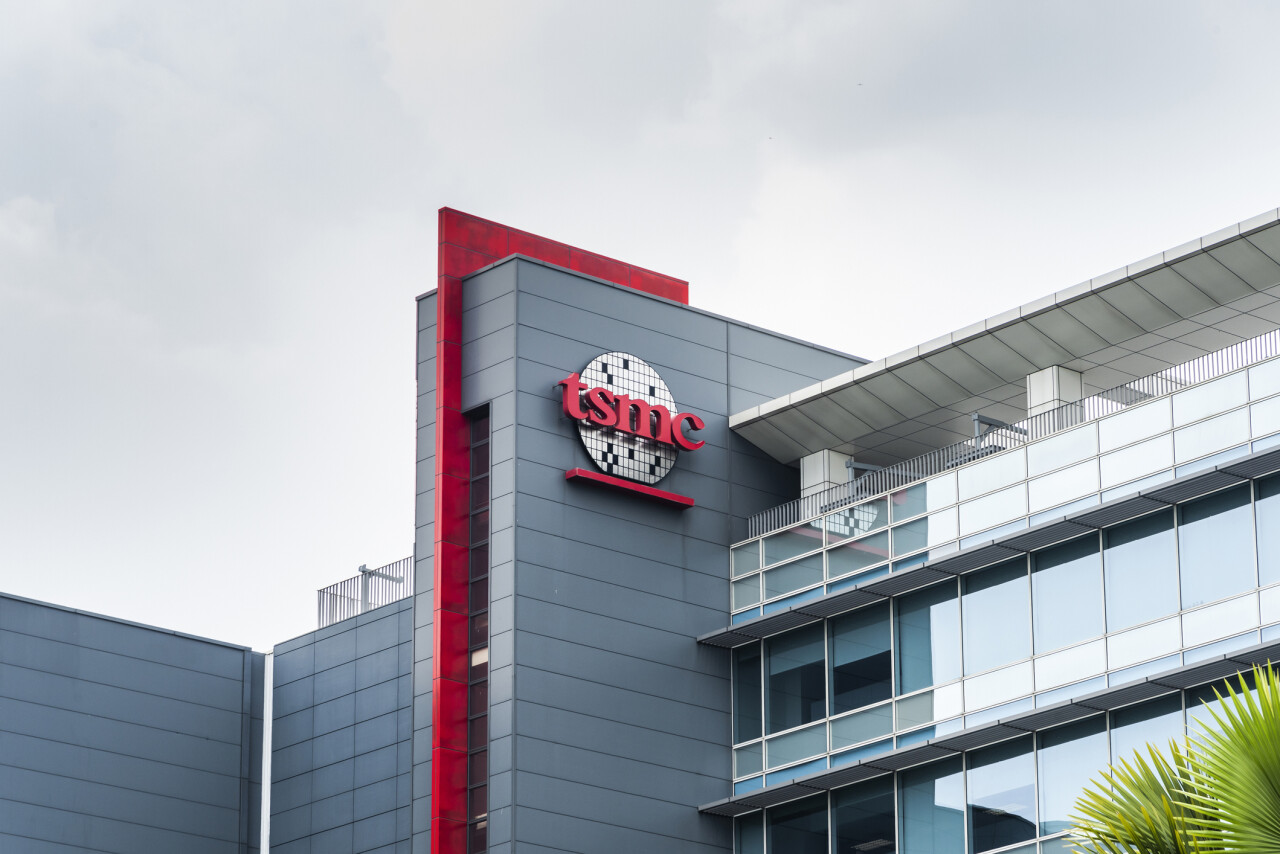




 Deep & Far Attorneys-at-law
Deep & Far Attorneys-at-law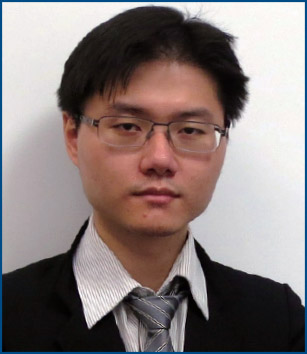 Yu-Li Tsai
Yu-Li Tsai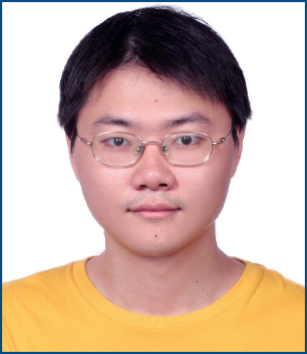 Lu-Fa Tsai
Lu-Fa Tsai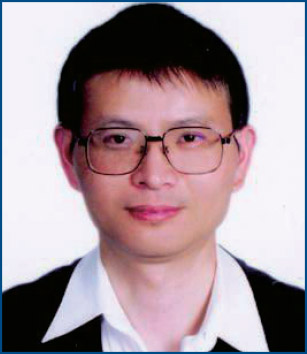 C. F. Tsai
C. F. Tsai







